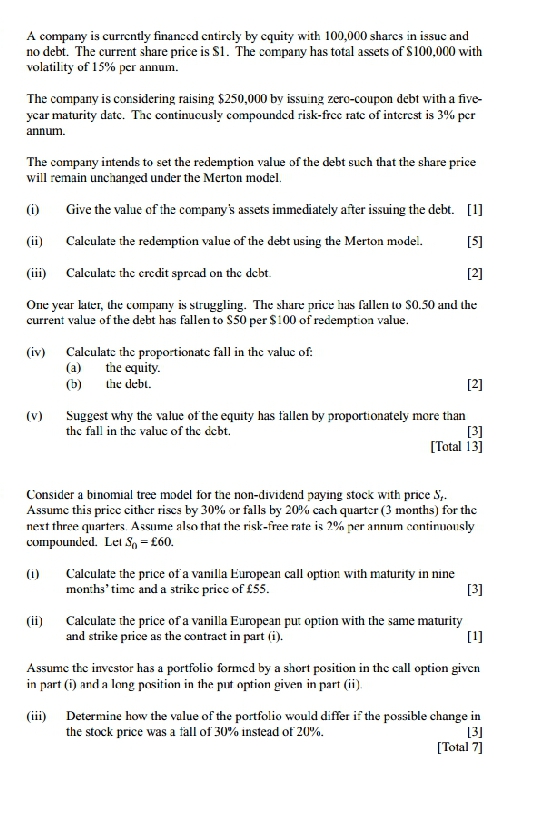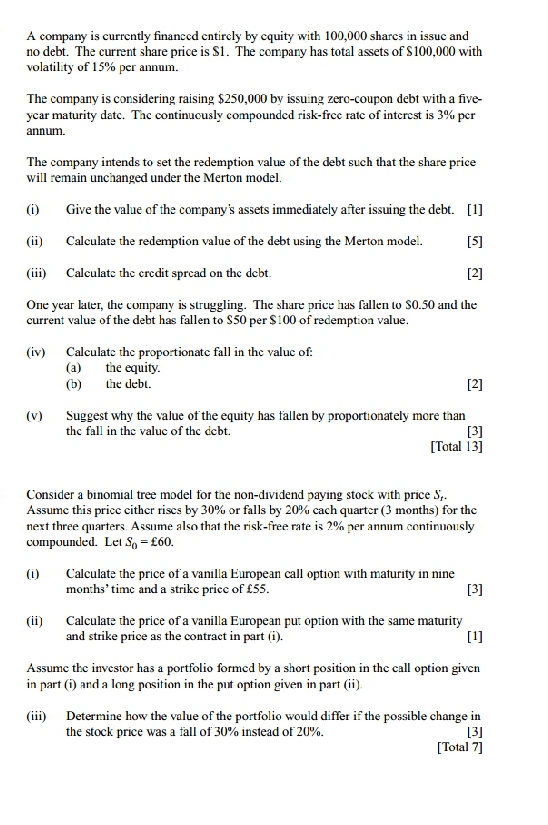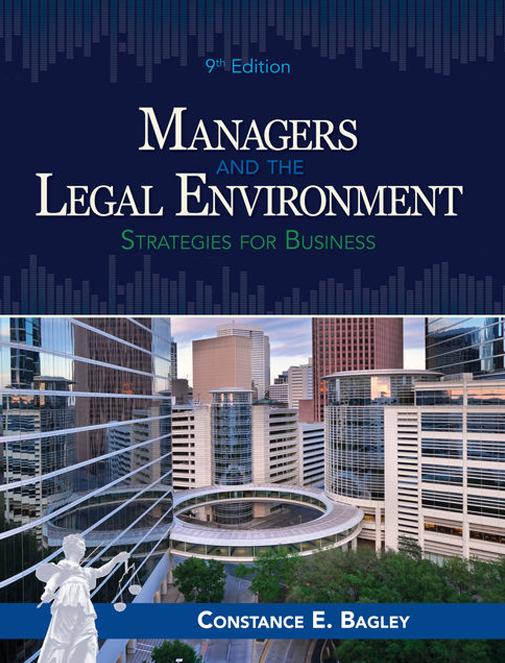Answered step by step
Verified Expert Solution
Question
1 Approved Answer
Assist me to obtain clear solutions A company is currently financed entirely by equity with 100,060 shares in issuc and no debt. The current share

Assist me to obtain clear solutions

Step by Step Solution
There are 3 Steps involved in it
Step: 1

Get Instant Access to Expert-Tailored Solutions
See step-by-step solutions with expert insights and AI powered tools for academic success
Step: 2

Step: 3

Ace Your Homework with AI
Get the answers you need in no time with our AI-driven, step-by-step assistance
Get Started


